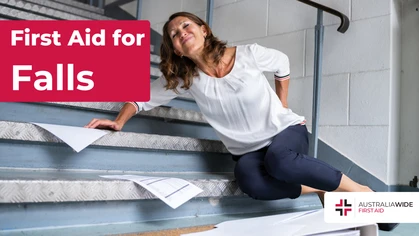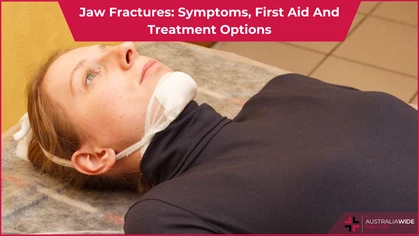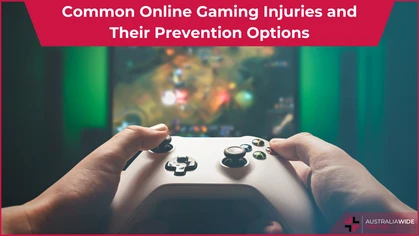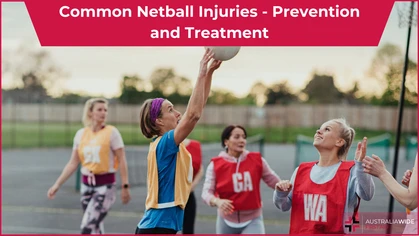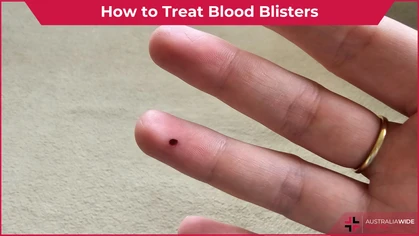Understanding Neck Strains: Causes, Symptoms, and Recovery Tips

Injury
 Neck pain is a common problem that affects many people at some point in their lives.
It can be caused by various reasons, including neck strains. Neck strains occur when the muscles and ligaments in the neck are stretched or torn.
Neck pain is a common problem that affects many people at some point in their lives.
It can be caused by various reasons, including neck strains. Neck strains occur when the muscles and ligaments in the neck are stretched or torn.
Causes of Neck Strains
To effectively deal with your neck pain, it is crucial to understand what is causing it. Neck pain can be attributed to multiple factors, such as poor posture, repeated motions, or injuries like whiplash. By identifying the root cause of your neck pain, you can determine the best approach for treatment. Neck strains are a common cause of neck pain and discomfort. They occur when the muscles in the neck are stretched or torn due to overuse, poor posture, or sudden movements. Recognizing the causes and symptoms of neck strains can help you prevent them and manage them efficiently. The most frequent cause of neck strains is sudden neck movements, such as those experienced in car accidents, sports injuries, or any physical activities that strain the neck. Poor posture and repetitive movements, like those required during computer work, can cause neck strain.Symptoms of Neck Strains
The symptoms of neck strains may vary from person to person, but the most common ones include:- Pain and stiffness in the neck
- Headaches
- Difficulty moving the neck
- Muscle spasms
- Swelling
- Tingling or numbness in the arms or hands
- Dizziness
- Blurred vision
- Difficulty breathing
Recovery Tips for Neck Strains
Neck strains can be very painful and can affect your daily activities. However, most people recover within a few days or weeks with proper treatment. Here are some tips to help you recover from a neck strain:Treating Neck Strains
Rest your neck Try to avoid any activities that cause pain or discomfort in your neck. Resting your neck can help reduce inflammation and speed up the healing process. Use ice or heat therapy Applying a Frozen ice pack or a heat pack to the back of the neck can help relieve pain and reduce inflammation. Place ice cubes in an ice cube tray or use a dry heat source like a heating pad. Make sure not to apply either for more than 20 minutes. Take over-the-counter (OTC) pain relief Nonsteroidal anti-inflammatory drugs (NSAIDs) like ibuprofen and naproxen can help relieve pain and reduce inflammation. However, follow the instructions on the label of the otc pain reliever and talk to your doctor if you have any liver disease or are taking blood thinners. Stretch and exercise Gently stretching and exercising your neck can help improve flexibility and relieve tension in your neck muscles. However, consult your doctor or physical therapist before starting any exercise program. Consider physical therapy If your neck strain is severe or persists over a few weeks, your doctor may recommend physical therapy. Physical therapy can help you regain mobility and strength in your neck muscles. Take pain medication In some cases, pain medicines may be necessary to manage long-term pain.Tips for Relieving Neck Pain
If you're suffering from neck pain, it's essential to understand the causes and treatment options available to help alleviate your symptoms.Prevent neck pain
- Practice good posture: Keep your head neutral and avoid slouching or looking down for extended periods.
- Stretch regularly: Stretch your neck muscles regularly to help prevent strain. Slowly turn your head from side to side and up and down.
- Take frequent breaks: If you sit or stand for long periods, take breaks to stretch and move around.
- Avoid sudden movements: Be cautious when doing any activity that involves sudden movements, such as lifting heavy objects.
- Strengthen neck muscles: Build up the strength of your neck muscles with exercises like chin tucks and neck extensions.
Broken Neck
Suppose you experience severe neck pain, loss of feeling or movement in your arms or legs, or difficulty breathing. In that case, you may have a broken neck. This is a serious injury that requires immediate medical attention. To receive proper treatment, call for emergency medical help right away. Treatment may involve immobilizing the cervical spine and surgery to repair the fracture. Blood thinners may be used to prevent blood clots To prevent neck strains, practicing good posture, stretching regularly, taking frequent breaks, avoiding sudden movements, and strengthening neck muscles are important. If you experience a neck strain, treatment may involve rest, over-the-counter pain relievers, applying heat or cold, and taking pain medication. However, if you suspect a broken neck, seek immediate medical attention. To get Extra strength in your cervical vertebrae, doing strengthening exercises and eating a balanced diet are important. To maintain good cervical vertebrae health, it's important to exercise regularly, eat a balanced diet, get enough rest, and avoid smoking and alcohol. If you have any concerns, it's always best to consult a healthcare professional.Consider Alternative Treatments
Alternative therapies such as acupuncture and massage may also help relieve neck pain. Acupuncture involves the insertion of needles into specific points of the body to stimulate healing and reduce pain. Massage can help relax tense muscles and improve circulation, promoting healing and reducing pain.Be Mindful of Medication Use
While medication can effectively treat neck pain, it's essential to be mindful of its use. Overusing pain medication can lead to long-term pain and other health problems, including liver disease and addiction. Always follow the recommended dosage and speak with your doctor if you have concerns about medication use.Practice Self-Care
Taking care of your overall health can also help relieve neck pain. Getting enough sleep, eating a balanced diet, and reducing stress can contribute to better physical and emotional well-being, which can help reduce pain and promote healing. In some cases, neck pain may be a symptom of a more serious condition, such as a cervical fracture or spinal cord injury. If you experience severe or persistent neck pain, numbness, tingling, or weakness, seek medical attention immediately.Conclusion
Neck strains can be painful, but most people recover with proper treatment within a few days or weeks. To prevent neck strains, maintain good posture and avoid repetitive movements. If you experience severe neck pain or suspect a neck injury, seek medical attention immediately.
Originally published at
https://www.australiawidefirstaid.com.au/resources/understanding-neck-strain
as part of the Australia Wide First Aid Articles Library
